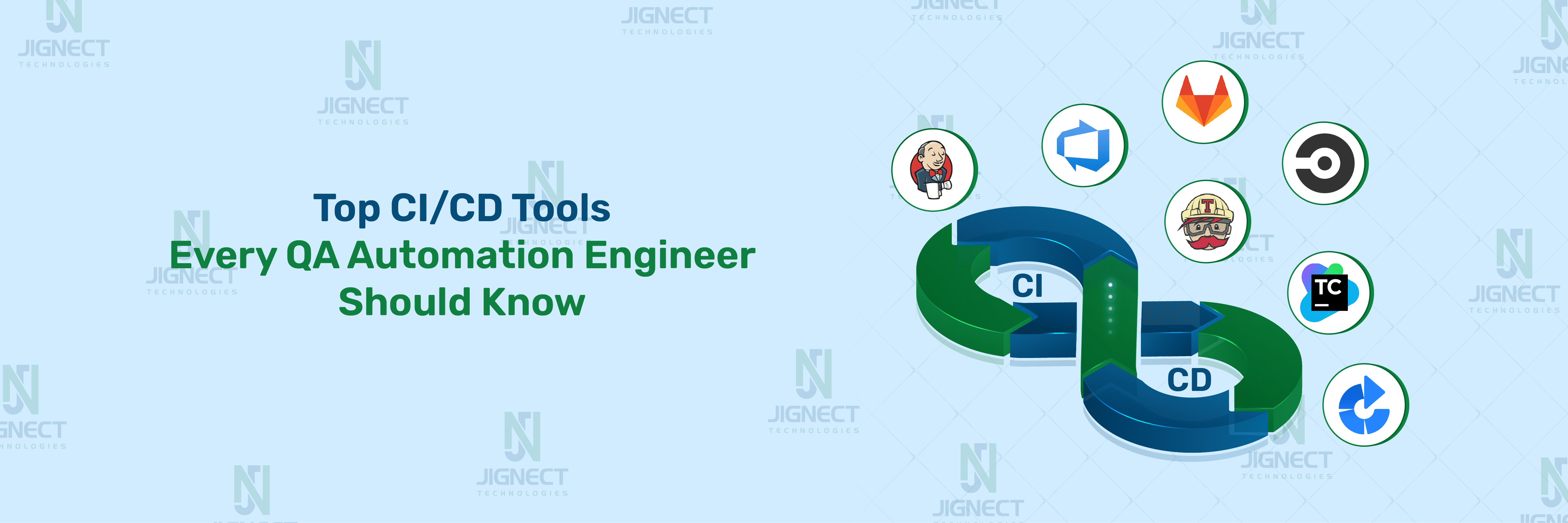In DevOps, CI/CD practices are crucial for smoothly building, testing, and deploying code. This automated approach has clear benefits compared to older methods, which often involve manual testing and deployment, causing delays and more errors. CI/CD helps DevOps teams by automating repetitive tasks, consistently checking code, and quickly deploying updates. This approach encourages teamwork among developers, testers, and operations staff, speeds up the release process, and ensures software quality as it changes.
By incorporating CI / CD processes into their workflow systems can speed up the feedback loop. Enable developers and testers to resolve issues as they arise better code quality and consistency, in software releases has improved significantly The integration of CI / CD, with DevOps practices has revolutionized team collaboration methods leading to more effective software development pipelines.
- What Are CI/CD Tools?
- Understanding the Key Stages of a CI/CD Pipeline
- How to choose the right CI CD Tool?
- Top 7 CI/CD Tools: Features and Benefits Uncovered
- Exploring Other CI/CD Tools in the Market
- Common characteristics of CI/CD tools
- Trends in CI/CD Tools
- Best Practices to Optimize the CI/CD Process
- Conclusion
What Are CI/CD Tools?
CI/CD tools are software solutions designed to facilitate continuous integration, delivery, and deployment processes within DevOps workflows. They help automate tasks like building, testing, and deploying code, ensuring that applications remain in a stable, deployable state across environments. CI/CD tools offer a wide range of features, from integrating with version control systems (like Git) to automating tests and managing deployments.
These tools often connect seamlessly with other DevOps software, including monitoring solutions, code repositories, and collaboration platforms. By adopting CI/CD tools, teams can reduce human error, increase code consistency, and streamline collaboration, making it possible to release software quickly and reliably.
Benefits of using CI CD tools
Implementing CI/CD tools in DevOps workflows provides several significant benefits that can drive project success and boost productivity:
- Faster Time to Market: By automating the build, test, and deployment processes, CI/CD tools enable teams to release new features and fixes more quickly and frequently.
- Improved Quality: CI/CD tools enforce automation testing, which helps catch bugs and issues early in the development cycle for more stable releases.
- Reduced Manual Errors: Automation minimizes the risk of human error during repetitive tasks such as code integration, testing, and deployment to bring consistency and reliability to the development process.
- Early Bug Detection: Continuous integration allows for early detection of integration issues and bugs as the code is integrated and tested frequently.
- Efficient Use of Resources: Automation reduces the need for manual intervention in the build and deployment process, allowing developers to focus more on coding and problem-solving rather than repetitive tasks.
- Consistent Deployment Environments: CD tools ensure that code is deployed in a consistent manner across different environments (development, staging, production) reducing the chances of environment-specific issues.
- Faster Feedback Loop: Developers receive rapid feedback on their code changes through automated testing and deployment accelerating the development process.
- Scalability: CI/CD pipelines can be scaled to handle larger projects and more complex workflows. This adaptability supports growth and evolving requirements.
- Improved Security: Automated security checks and vulnerability scans can be integrated into the CI/CD pipeline, ensuring that security best practices are followed.
- Reduced Deployment Risks: By deploying small, incremental changes frequently, CD tools help mitigate the risks associated with large-scale deployments and make it easier to rollback changes if needed.
- Better Monitoring and Reporting: CI/CD tools usually include monitoring and reporting features that give information about the build and deployment steps, helping teams find and fix problems early. Similar to a Test Management Tool that works well with Azure DevOps and Jenkins.
Understanding the Key Stages of a CI/CD Pipeline
A CI/CD pipeline helps take your code from development to production in an organized and automated way. The process usually starts with writing the code and ends with deploying it live. Pipelines can be triggered automatically when code changes, scheduled to run at specific times, started manually, or triggered after another pipeline.
Here are the four key stages of a CI/CD pipeline:
1) Build
The build stage is where the code is written and managed. Teams work together to write code, often using version control systems like Git. A Git-based workflow (also known as GitOps) ensures all changes are properly managed and tracked.
To avoid inconsistencies, tools like Docker are used to standardize environments, especially in cloud-native projects. This stage ensures the code is ready to move forward in the pipeline.
2) Test
Testing is critical for catching issues early and ensuring the code works as expected. Automated tests are often used to save time and reduce errors, but skipping this stage can lead to problems later.
There are different types of tests you can run to improve code quality:
- Smoke Testing: Quick checks to ensure the basics work.
- Integration Testing: Verifies that new code works well with the existing system.
- Unit Testing: Tests individual functions or parts of the code, often run in parallel to save time.
- Compliance Testing: Ensures the code meets project policies and standards.
- End-to-End (E2E) Testing: Tests the entire system to make sure everything works together before release.
Using a mix of these tests and running them in parallel where possible helps improve quality and reduce pipeline run time.
3) Deliver
Once the code passes all tests, it’s packaged into an artifact (like a binary or container image) and stored in a repository. This makes it ready for deployment.
4) Deploy
In this final stage, the artifact is deployed to different environments. Teams often use multiple environments, such as:
- Development and Staging: For internal testing and review.
- Production: For end users.
With automation, code can be automatically deployed to a staging environment for review. Once approved, it’s merged into the main branch and deployed to production.
Here’s a diagram of the CI/CD pipeline for reference.
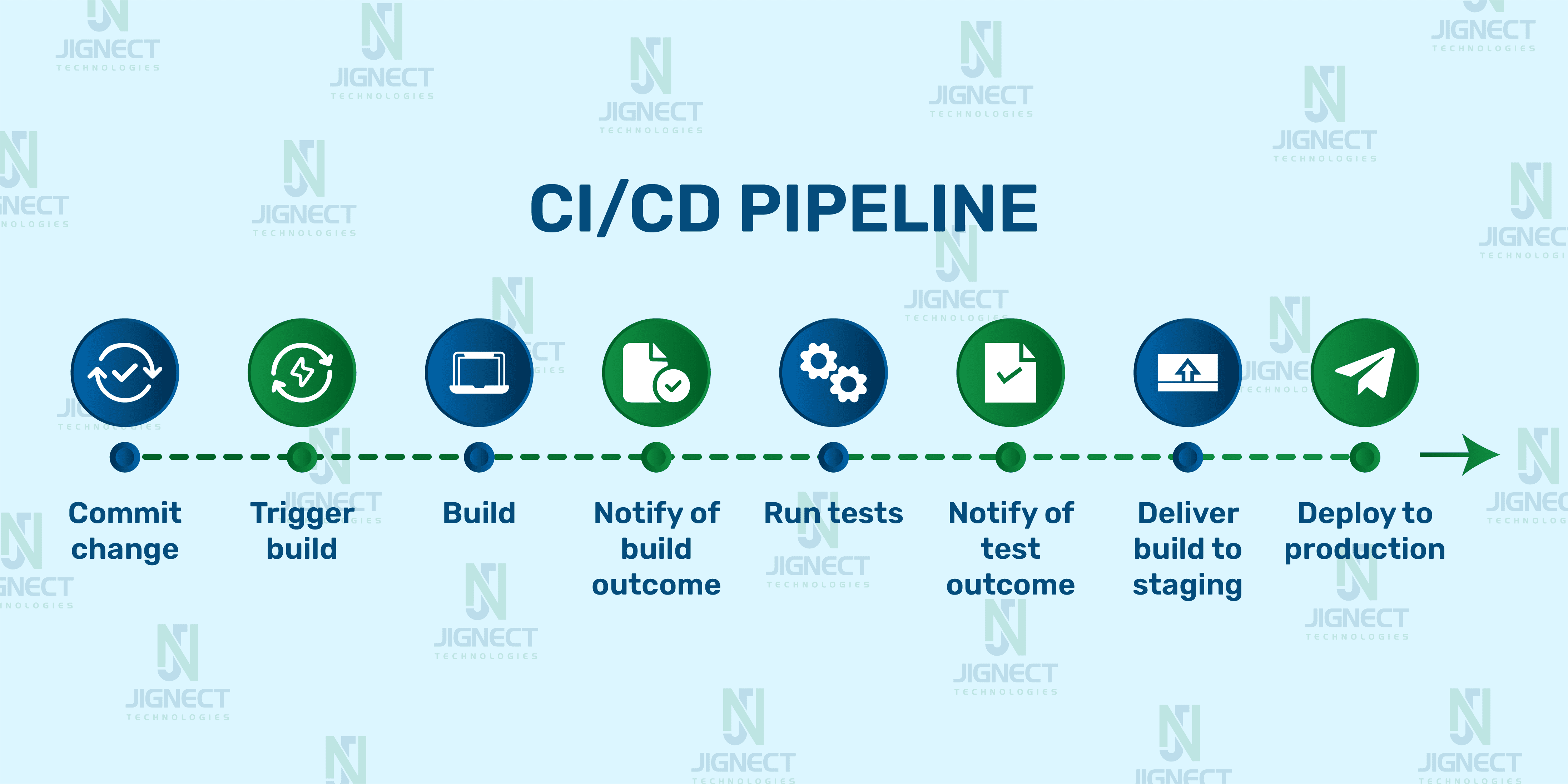
How to choose the right CI CD Tool?
Project Size and Complexity
- Small Projects or Startups: If you’re working on a smaller project or within a startup with limited resources, opt for a CI/CD tool that is easy to set up and maintain. CircleCI or GitHub Actions might be suitable due to their simplicity and integration with popular repositories like GitHub.
- Large, Complex Projects: For larger projects with complex build and deployment processes, tools like Jenkins or GitLab CI/CD offer more customization and scalability. Jenkins, for example, has a vast library of plugins that can be tailored to specific needs but require more setup and maintenance.
Integration with Version Control Systems (VCS)
- GitHub Users: If your project is hosted on GitHub, GitHub Actions offers seamless integration, making it a convenient choice. It supports a wide range of automation workflows directly within the GitHub ecosystem.
- GitLab Users: For projects hosted on GitLab, GitLab CI/CD is the most integrated option, offering native CI/CD pipelines with robust features like auto DevOps.
- Bitbucket Users: If you’re using Bitbucket, Bitbucket Pipelines offers integrated CI/CD capabilities within the Bitbucket environment.
Team Expertise and Resources
- Limited DevOps Expertise: If your team lacks extensive DevOps experience, choose a tool with a lower learning curve and good documentation. Travis CI or CircleCI are user-friendly and provide clear documentation to help teams get started quickly.
- Advanced DevOps Teams: For teams with strong DevOps skills, Jenkins might be preferred due to its flexibility and powerful plugin ecosystem, despite the steeper learning curve.
Cloud vs On-Premises
- Cloud-Native Projects: If your infrastructure is cloud-based, consider CI/CD tools that offer strong cloud integration. CircleCI, Travis CI, and Azure DevOps have robust cloud capabilities and are hosted solutions, removing the need for on-premise management.
- On-Premises Requirements: If your organization requires on-premises solutions for security or compliance reasons, Jenkins or GitLab CI/CD offer self-hosted options that can be fully controlled within your environment.
Pipeline Complexity
- Simple Pipelines: For straightforward CI/CD pipelines that require basic build, test, and deploy steps, tools like GitHub Actions or Bitbucket Pipelines are sufficient and provide easy setup.
- Complex Pipelines with Multiple Stages: For pipelines that involve complex workflows, such as multiple stages, parallel execution, or intricate dependency management, Jenkins or Azure DevOps provide more advanced features and greater flexibility.
Cost Considerations
- Budget Constraints: If cost is a concern, evaluate the pricing model of the CI/CD tool. Open-source tools like Jenkins are free to use but may incur indirect costs related to maintenance and infrastructure. SaaS solutions like CircleCI or GitLab CI/CD offer free tiers but may charge for higher usage levels or additional features.
- Enterprise Needs: For enterprises with larger budgets, consider tools that offer robust enterprise features like security controls, compliance, and support. Azure DevOps or GitLab CI/CD offer enterprise plans with additional support and features tailored for large organizations.
Security and Compliance
- High-Security Requirements: If your project involves sensitive data or requires compliance with industry standards, choose a tool that offers strong security features, such as role-based access control (RBAC), audit logs, and integration with security scanning tools. GitLab CI/CD and Azure DevOps are known for their comprehensive security features.
- Open-Source Considerations: For those preferring open-source solutions with full control over their CI/CD environment, Jenkins is a go-to option. It requires careful management to ensure security best practices are followed.
Scalability Needs
- Growing Projects: If your project is expected to grow in complexity or scale, choose a CI/CD tool that can scale with your needs. Jenkins and GitLab CI/CD are highly scalable and can handle large, complex pipelines as your project expands.
- Auto-Scaling: For cloud projects, consider tools like CircleCI that offer auto-scaling capabilities, ensuring that your CI/CD processes can handle varying workloads without manual intervention.
Some common issues to consider while choosing a CI/CD tool can be:
- Maintenance Overhead: Self-hosted solutions like Jenkins offer flexibility but require significant maintenance and setup. Consider whether your team can commit the resources needed to manage the infrastructure.
- Vendor Lock-In: Some cloud-based tools may lead to vendor lock-in. Ensure that the tool you choose integrates well with your existing and future technology stack.
- Performance Issues: Be aware that some tools may have performance limitations based on their pricing tier or infrastructure. Test the tool under expected load conditions to avoid surprises in production.
Choosing the right CI/CD tool involves evaluating your project’s size, complexity, team expertise, infrastructure, and budget. By aligning these factors with the tool’s features and limitations, you can select the CI/CD solution that best meets your development and operational needs.
Top 7 CI/CD Tools: Features and Benefits Uncovered
When it comes to DevOps projects, CI CD tools are an essential part of the equation. These services automate processes and simplify collaboration between stakeholders, helping reduce costs in the long run. Let us delve into the tools and their key features.
Jenkins
Overview: Jenkins is an open-source CI/CD powerhouse, widely recognized for its flexibility and extensive plugin ecosystem. Jenkins can be customized to fit nearly any development environment, making it highly adaptable for teams looking for a solution that scales as they grow.

Key Features:
- Extensive Plugin Library: With over 1,500 plugins, Jenkins allows users to extend functionality in ways that best suit their unique pipelines.
- Scalability: Jenkins supports distributed builds across multiple machines, enabling faster testing and deployment for large-scale projects.
- Customizability: As an open-source tool, Jenkins is highly customizable, giving teams control over the setup, configuration, and security policies.
Best For: Jenkins is an ideal choice for teams with DevOps expertise who need a powerful, flexible tool capable of handling complex CI/CD workflows. While it requires setup and maintenance, Jenkins is particularly popular for large enterprise projects where customizability and scalability are essential.
Azure DevOps
Overview: Azure DevOps, developed by Microsoft, provides an all-encompassing suite of development tools, from code repositories to deployment automation. It is especially appealing for organizations already invested in Microsoft’s ecosystem, thanks to its integration with tools like Azure Cloud and Visual Studio.
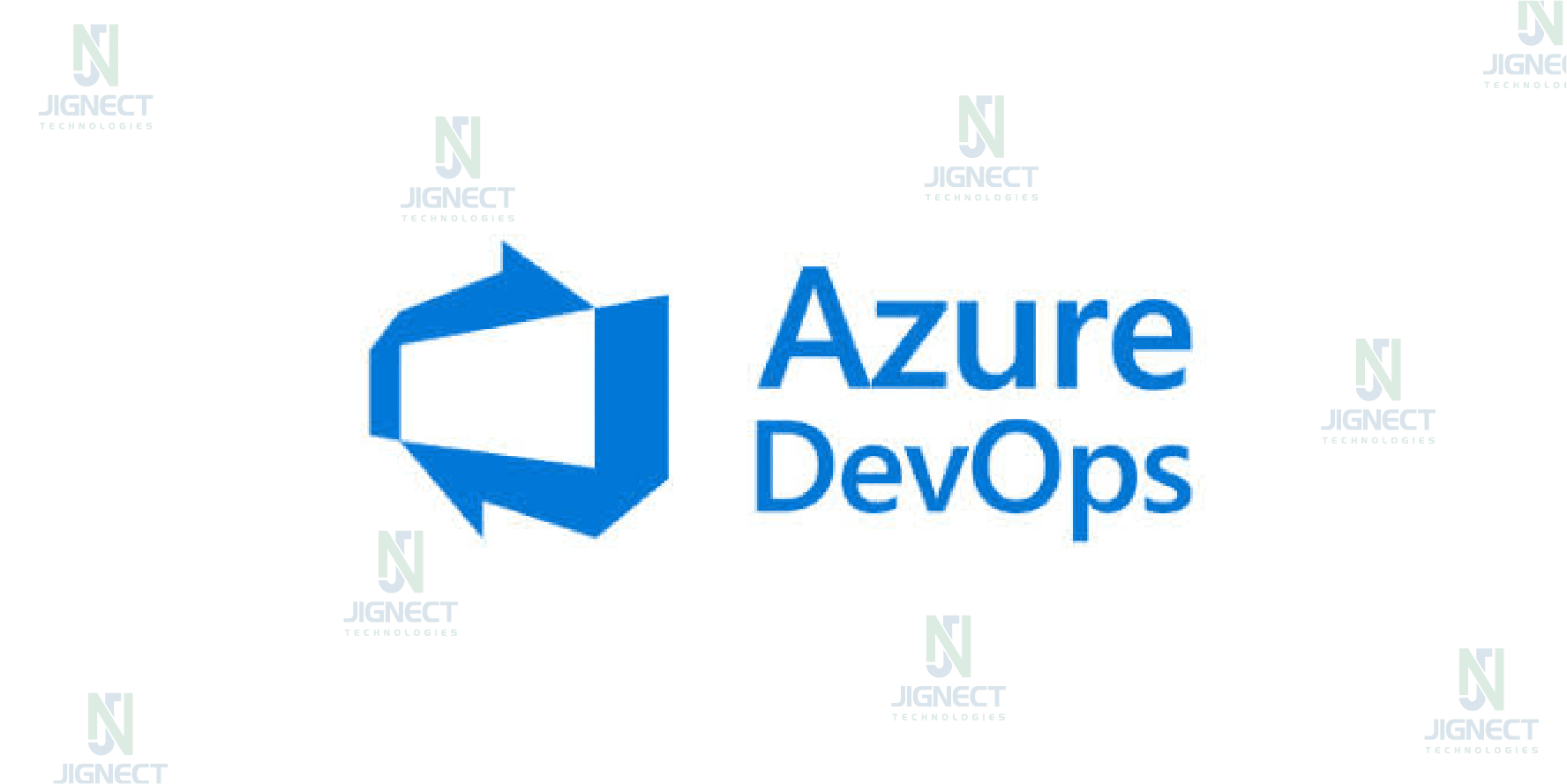
Key Features:
- Complete DevOps Suite: Azure DevOps includes tools like Azure Boards for project tracking, Azure Pipelines for CI/CD, Azure Repos for code hosting, and Azure Test Plans for testing automation.
- Seamless Microsoft Integration: Azure DevOps connects with popular Microsoft tools, making it easy for teams using Visual Studio or Office 365.
- Multi-Platform Support: It supports CI/CD pipelines on Linux, macOS, and Windows, accommodating a variety of development needs.
Best For: Azure DevOps suits teams looking for an integrated development suite, especially if they are already using Azure services or other Microsoft products. Its enterprise-grade security features make it suitable for regulated industries and projects where compliance is a priority.
GitLab CI/CD
Overview: GitLab CI/CD is an integrated part of the GitLab platform, offering end-to-end DevOps capabilities. As a full-fledged CI/CD tool, it simplifies setup by eliminating the need for external integrations, which makes it an efficient option for projects hosted on GitLab.
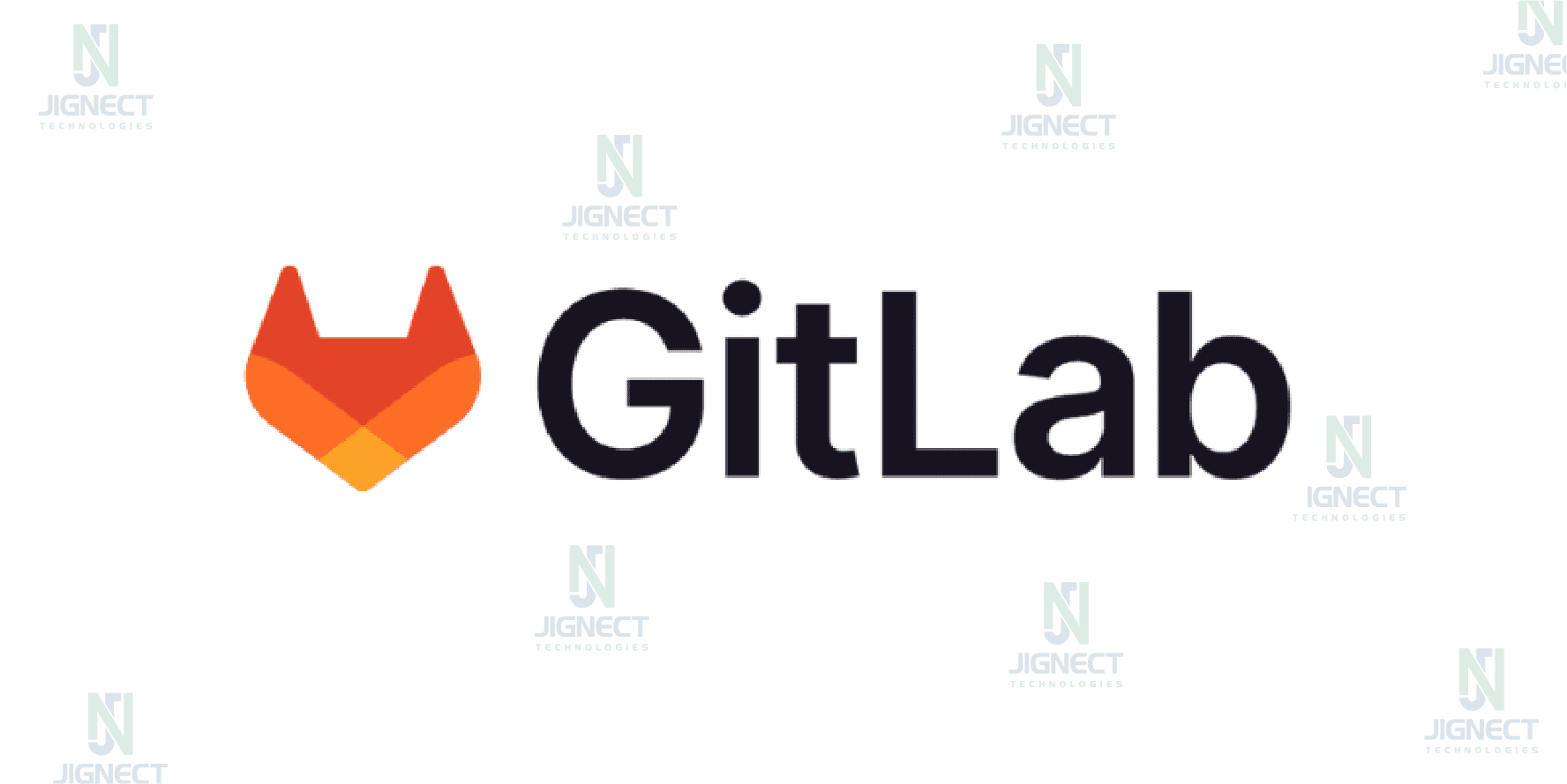
Key Features:
- All-in-One Solution: GitLab CI/CD includes code management, CI/CD, and project tracking, providing a centralized platform for development.
- Parallel Execution: It allows running multiple jobs in parallel, helping to reduce build times and speed up deployments.
- Built-In Security and Compliance: GitLab CI/CD includes security scanning and vulnerability management, making it suitable for projects with strict compliance requirements.
Best For: GitLab CI/CD is perfect for teams that use GitLab as their main version control platform. It’s especially valuable for projects that require parallel execution and strong security features.
CircleCI
Overview: CircleCI is a cloud-based CI/CD solution known for its high-performance pipelines and robust cloud integration. It provides flexible, automated workflows and is well-suited for rapid development environments that need to scale on demand.
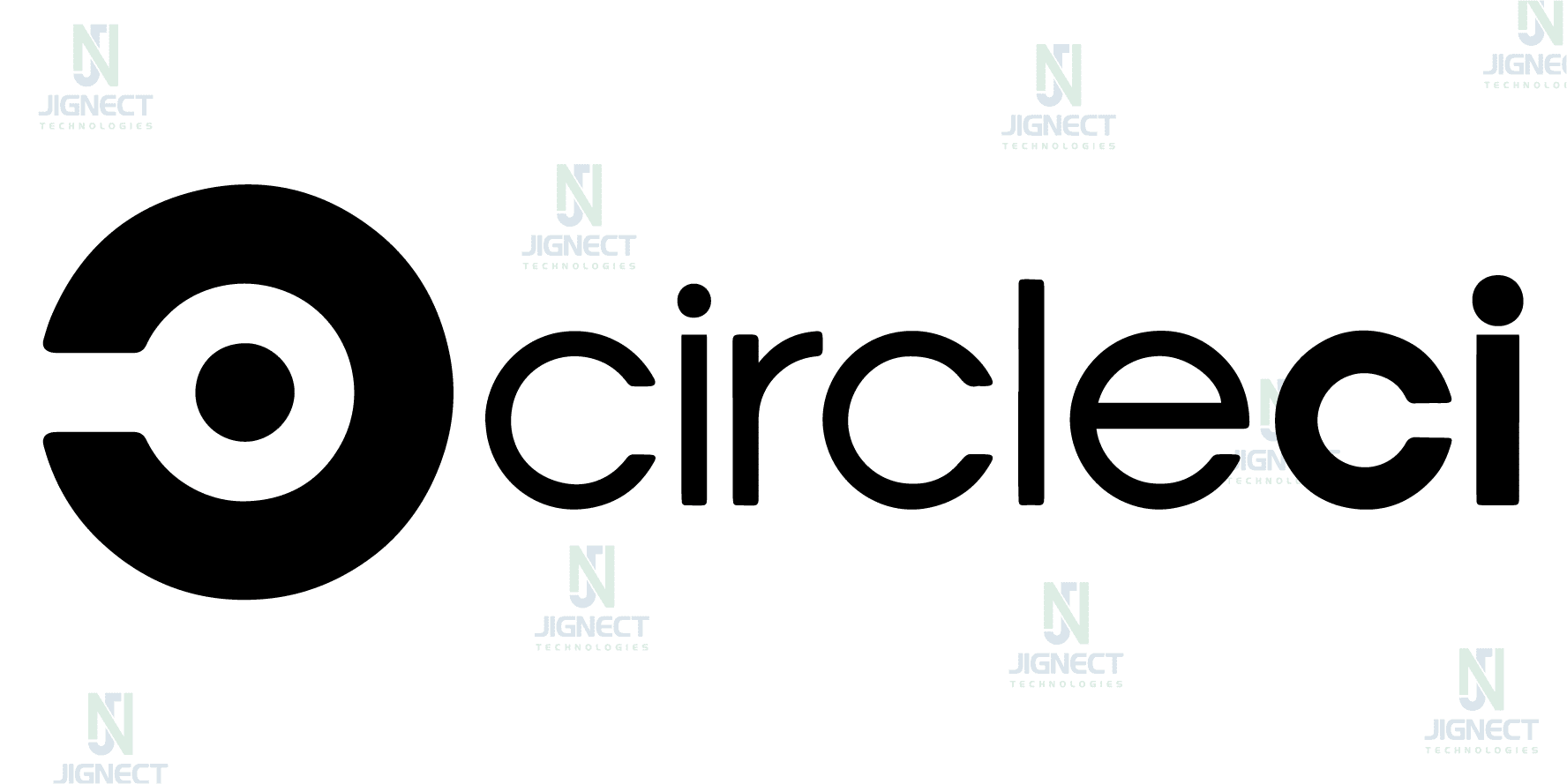
Key Features:
- Easy Setup and Configuration: CircleCI uses a simple YAML configuration file, making it easy to set up pipelines with minimal effort.
- Parallel Execution and Auto-Scaling: CircleCI supports parallel test execution and can automatically scale resources based on project demand, reducing build times and supporting high throughput.
- Integration with GitHub and Bitbucket: CircleCI’s seamless integration with GitHub and Bitbucket makes it easy to incorporate into existing workflows.
Best For: CircleCI works well for cloud-native teams that require speed and scalability. It’s a great option for startups or fast-moving companies where rapid iteration and high reliability are essential.
Travis CI
Overview: Travis CI is a simple, cloud-based CI/CD tool favored by open-source developers. It integrates closely with GitHub, making it easy to automate tests and deploy code without the need for complex configurations.

Key Features:
- GitHub Integration: Travis CI is tightly integrated with GitHub, making it easy for developers to set up CI/CD pipelines directly from their GitHub repositories.
- Support for Multiple Languages: It supports a wide variety of programming languages, including Ruby, Node.js, Python, and Java, making it versatile for diverse projects.
- Flexible Deployment Options: Travis CI offers various deployment options to different platforms, including cloud providers like AWS and Google Cloud.
Best For: Travis CI is well-suited for smaller projects and open-source communities looking for a lightweight CI/CD tool that doesn’t require extensive setup or maintenance.
TeamCity
Overview: Developed by JetBrains, TeamCity is known for its powerful build management and real-time reporting. It provides extensive version control support and is highly customizable, making it a popular choice for larger organizations.
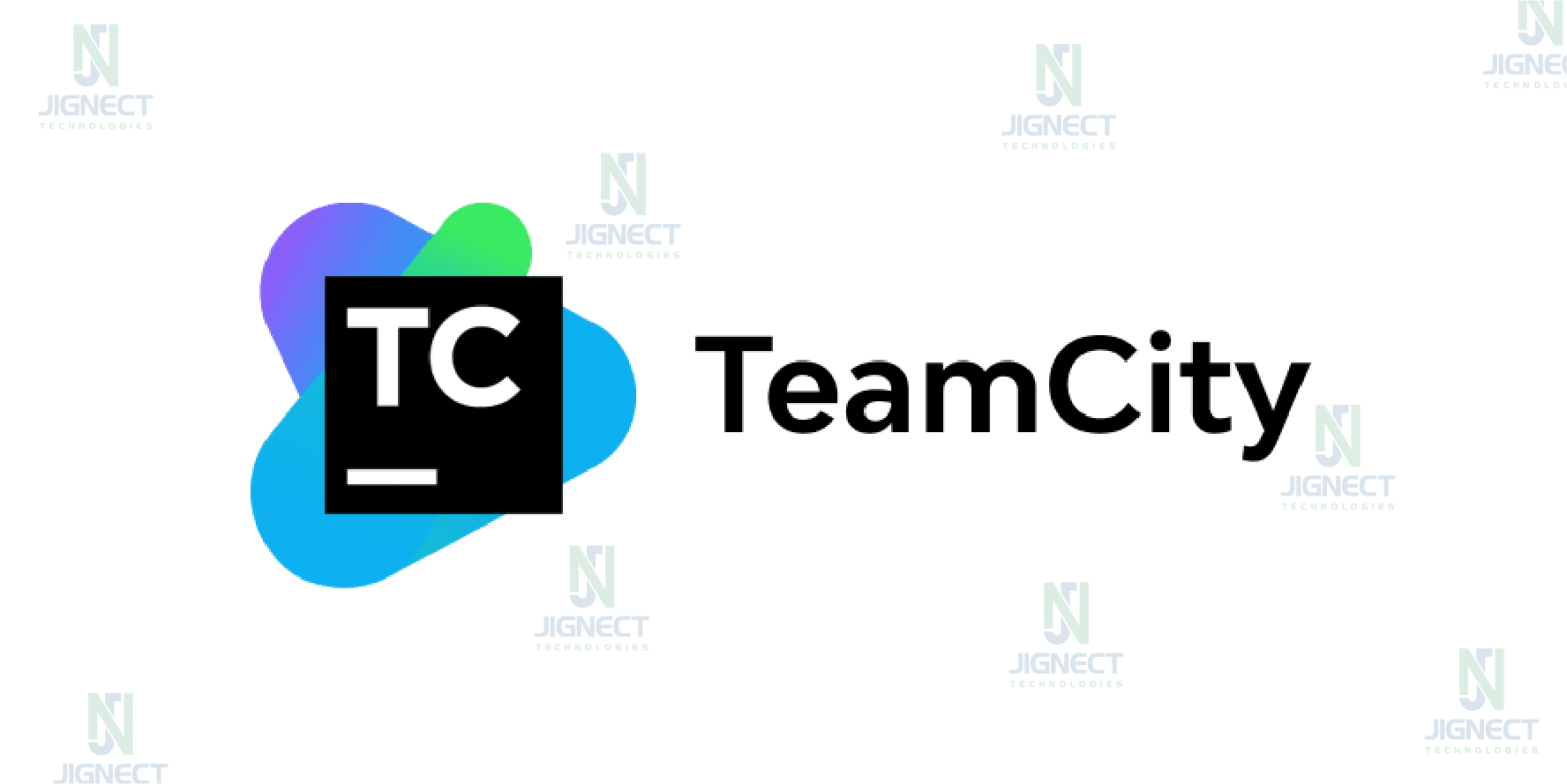
Key Features:
- Powerful Build Management: TeamCity supports extensive build configuration options, including template-based setup for consistent builds across projects.
- Real-Time Monitoring: It offers detailed build reports, showing the status of builds and server health, which provides valuable insights for DevOps teams.
- Version Control System Support: TeamCity integrates with many VCSs, including Git, Subversion, and Mercurial.
Best For: TeamCity is best for enterprises needing a robust CI/CD solution with comprehensive build management features and support for large-scale projects.
Bamboo
Overview: Bamboo by Atlassian is a CI/CD tool built to work seamlessly with the Atlassian suite, including JIRA and Bitbucket. It provides powerful, real-time visibility into build and deployment processes, making it ideal for teams already using Atlassian products.
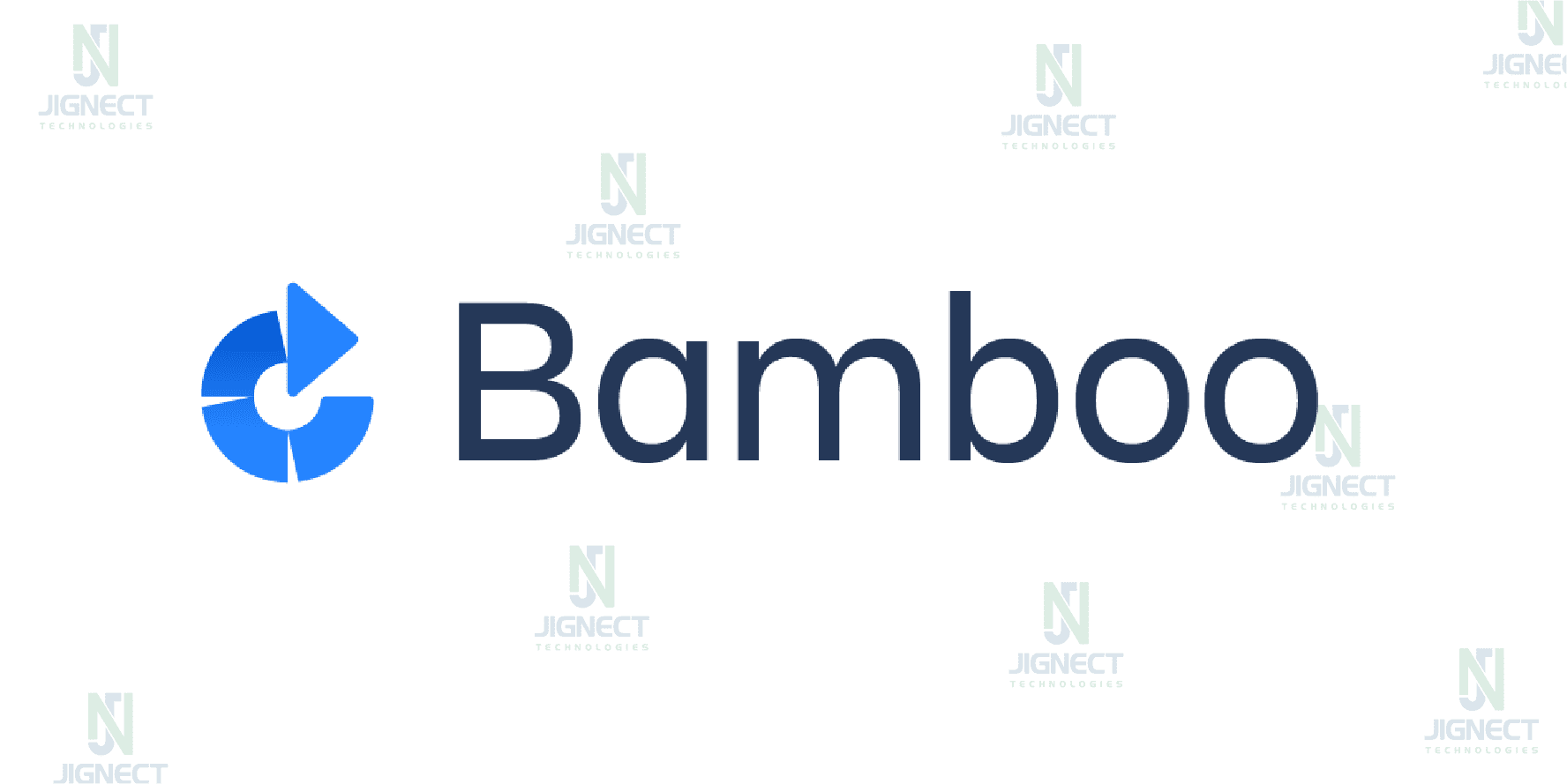
Key Features:
- Strong Atlassian Integration: Bamboo integrates tightly with Atlassian tools, making it easy to track issues, manage code, and coordinate deployment processes.
- Parallel Testing: Bamboo allows for parallel testing across multiple environments, which shortens testing times and helps release quality code faster.
- Deployment Projects: It supports deployment automation, enabling developers to configure complex workflows and pipelines effortlessly.
Best For: Bamboo is ideal for teams that use Atlassian products and need advanced CI/CD capabilities integrated with project management tools.
Exploring Other CI/CD Tools in the Market
GitHub Actions
Overview: GitHub Actions is GitHub’s CI/CD tool, offering workflow automation directly within GitHub repositories. Its simplicity and flexibility have made it a favorite among GitHub users looking to automate workflows without leaving the platform.
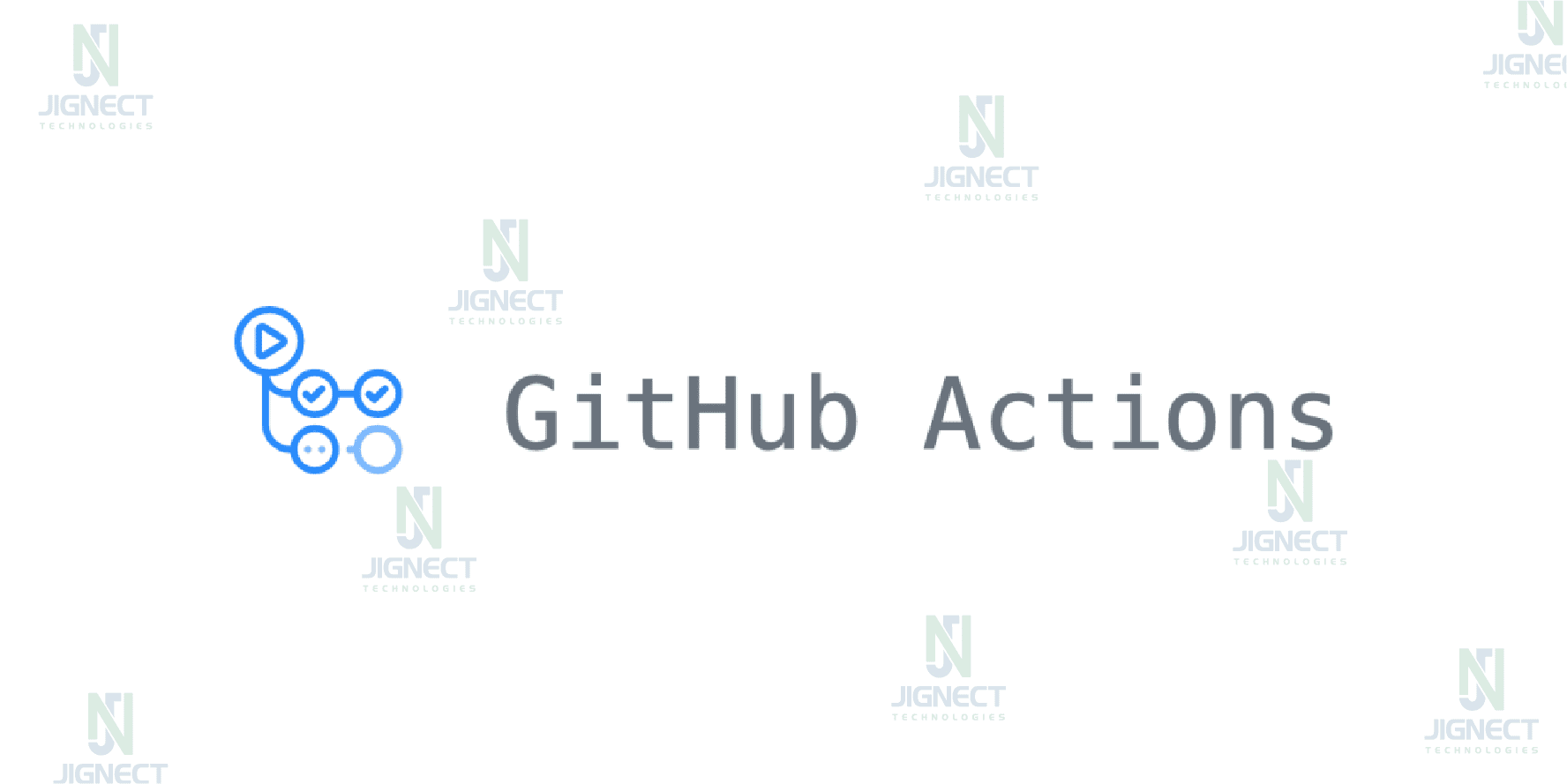
Key Features:
- Built-In GitHub Integration: As part of GitHub, it allows developers to build, test, and deploy code without needing additional integrations.
- Customizable Workflows: GitHub Actions provides an intuitive YAML configuration, enabling teams to define custom workflows based on triggers like code pushes or pull requests.
- Docker and Container Support: GitHub Actions supports Docker, making it suitable for teams working with containerized applications.
Best For: GitHub Actions is ideal for smaller teams or those looking for straightforward CI/CD within the GitHub environment. It’s easy to set up, making it accessible to teams with limited DevOps expertise.
Spinnaker
Overview: Spinnaker is an open-source, multi-cloud continuous delivery platform designed to manage complex deployments. With native support for major cloud providers, Spinnaker is ideal for teams needing a CD tool that supports various cloud infrastructures.
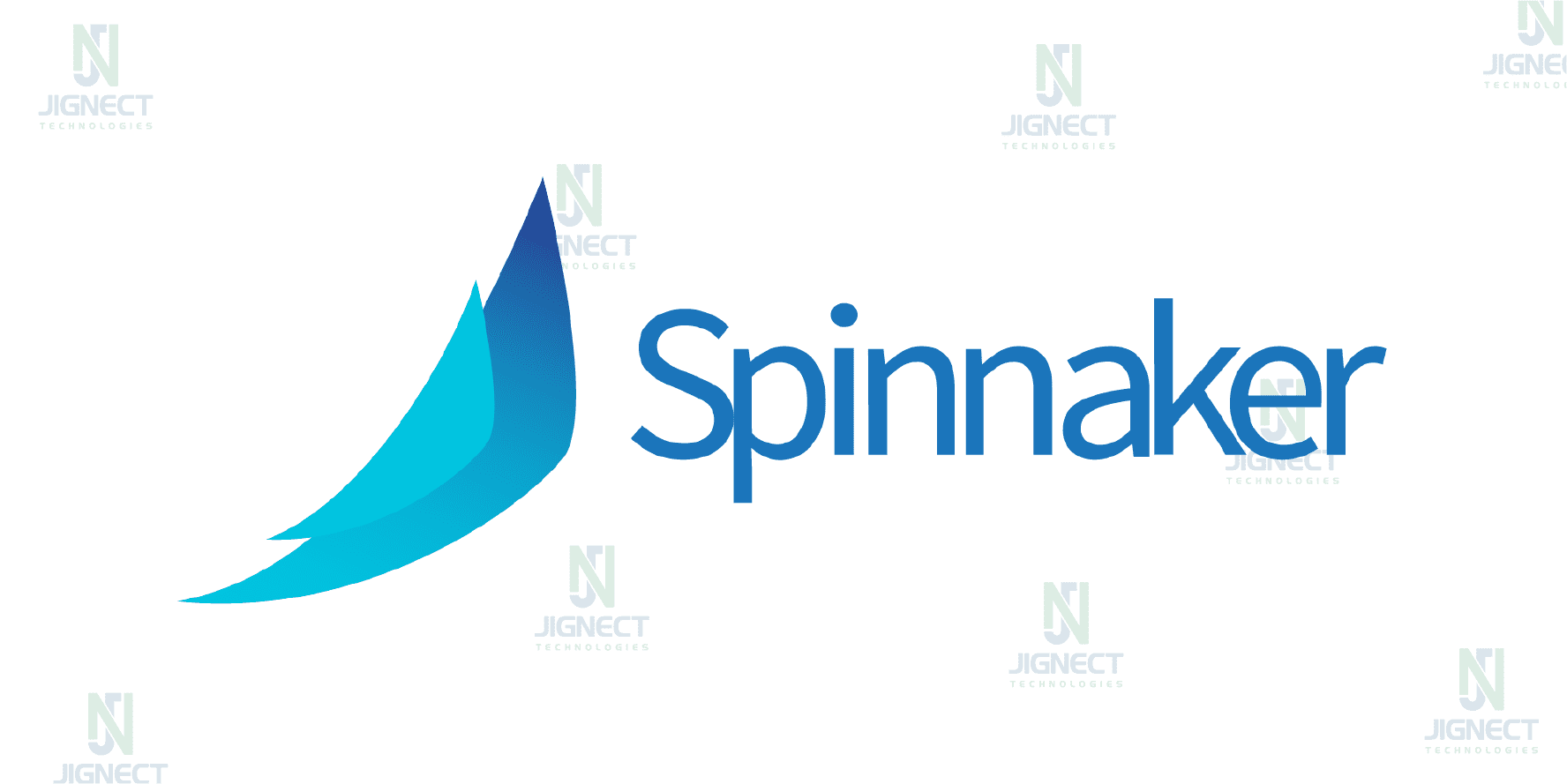
Key Features:
- Multi-Cloud Deployment: Spinnaker integrates with AWS, Google Cloud, Kubernetes, and other providers, making it suitable for multi-cloud strategies.
- Advanced Deployment Strategies: It offers features like canary deployments and blue-green deployments, making it easy to roll out changes gradually.
- Real-Time Monitoring: Spinnaker integrates with monitoring tools like Prometheus and Datadog, providing visibility into deployments.
Best For: Spinnaker is perfect for organizations that prioritize multi-cloud deployments and need advanced release strategies.
Buddy
Overview: Buddy is a user-friendly CI/CD tool focused on automating web development workflows. It is known for its ease of use, which allows even non-technical users to set up and manage pipelines.

Key Features:
- Simple Interface: Buddy’s visual pipeline editor makes it easy to set up and manage CI/CD processes without extensive technical knowledge.
- Predefined Actions: It offers more than 100 predefined actions for building, testing, and deploying, making it quick to get started.
- Multi-Platform Support: Buddy supports a variety of languages and frameworks, including Docker, Kubernetes, and AWS.
Best For: Buddy is ideal for smaller teams, web development agencies, and freelancers who want a straightforward, efficient CI/CD process without needing in-depth DevOps skills.
Tekton
Overview: Tekton is an open-source, Kubernetes-native framework for building CI/CD systems. Developed by Google and maintained under the Continuous Delivery Foundation, Tekton is a flexible, cloud-native option that’s ideal for teams working heavily with Kubernetes.

Key Features:
- Kubernetes Native: Tekton runs on Kubernetes and provides a scalable, container-based approach to CI/CD, which makes it highly suitable for cloud-native applications.
- Reusable Components: Tekton emphasizes modularity with components that can be reused across pipelines, supporting shared configurations and workflows.
- Flexible Integrations: Tekton can integrate with a range of other tools, including Jenkins, Spinnaker, and Argo CD, making it adaptable to many DevOps environments.
Best For: Tekton is an excellent choice for cloud-native development teams working with Kubernetes. It’s ideal for complex, containerized applications where flexibility and scalability are priorities.
Concourse CI
Overview: Concourse is an open-source, CI/CD tool known for its simple, declarative approach to pipelines. Its unique interface, which focuses on pipelines as the central feature, is popular among teams seeking a streamlined, straightforward CI/CD experience.
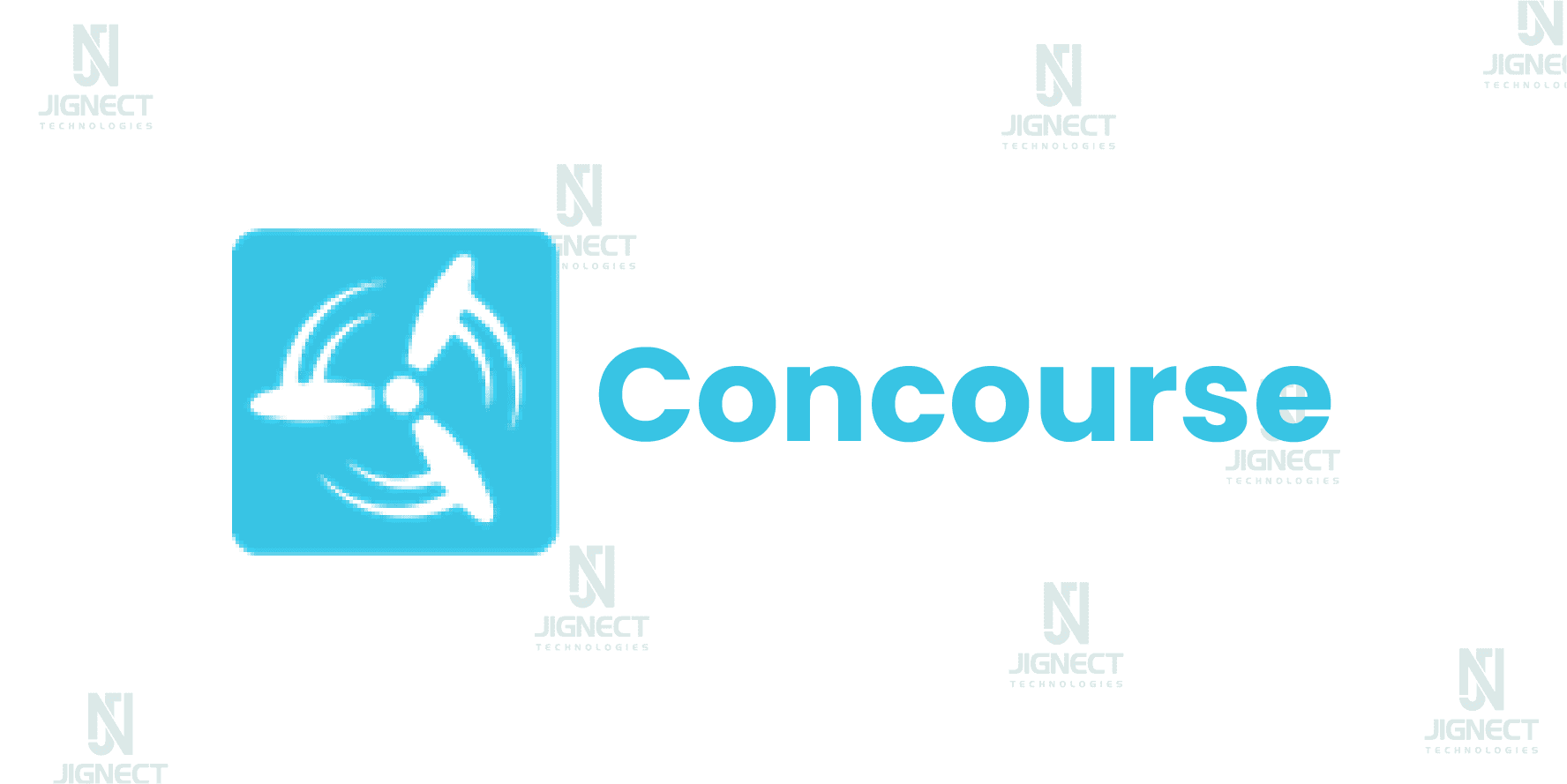
Key Features:
- Pipeline-Centric Design: Concourse treats pipelines as first-class citizens, making it easy to visualize and manage workflows.
- Container-Based Execution: Every task in Concourse is run in an isolated container, which ensures consistent and reproducible builds across different environments.
- Minimalist Design: Concourse emphasizes simplicity, with a configuration-as-code approach that minimizes the need for complex setups.
Best For: Concourse is best for teams that prioritize clear, simple pipeline management and want to avoid the maintenance overhead associated with more complex tools. It’s a good fit for teams favoring lightweight, container-based workflows.
Argo CD
Overview: Argo CD is a declarative, GitOps-focused continuous delivery tool specifically designed for Kubernetes. It’s part of the Argo project suite and is optimized for managing Kubernetes configurations using Git as the single source of truth.
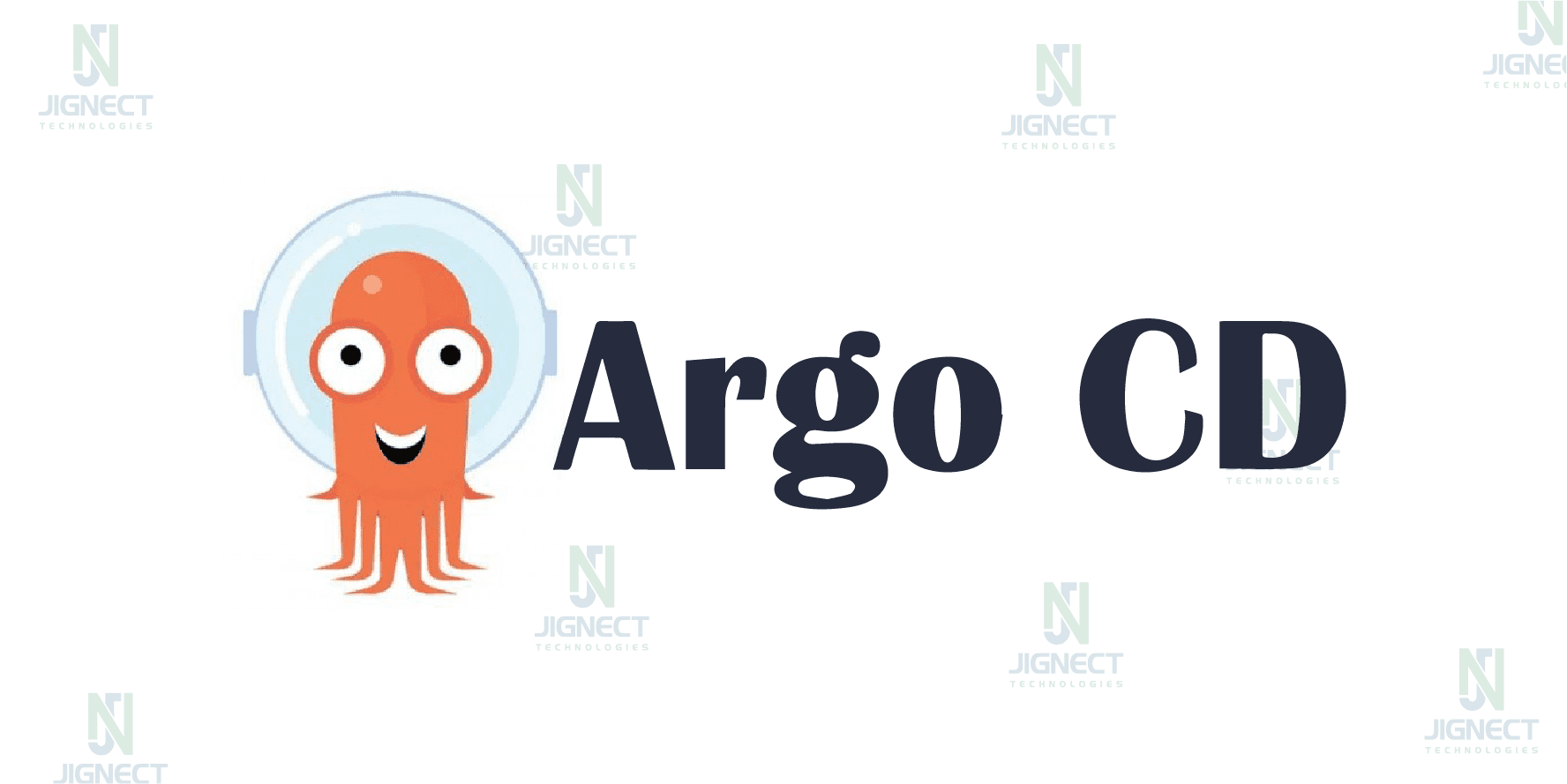
Key Features:
- GitOps Approach: Argo CD follows the GitOps methodology, where application states are synchronized with Git repositories, allowing for version-controlled deployments.
- Kubernetes Focus: It’s purpose-built for Kubernetes, providing automated sync of application state with Git, which makes it especially powerful for managing complex, multi-cluster environments.
- Real-Time Monitoring: Argo CD offers real-time visibility into application health and sync status, making it easier to identify and address deployment issues.
Best For: Argo CD is perfect for teams working with Kubernetes who want a GitOps approach to managing application deployments. It’s ideal for teams looking to streamline operations within Kubernetes environments and maintain versioned application states in Git.
Each of these tools brings its own strengths, catering to different use cases, team sizes, and technical requirements. Selecting the right tool involves understanding your team’s expertise, project complexity, and desired integrations. In doing so, you can build an effective CI/CD pipeline that aligns with your development goals and scales with your project’s needs.
Common characteristics of CI/CD tools
Most CI/CD tools share certain characteristics that make them suitable for automating DevOps workflows. Let’s examine some of the key features that are often found in CI/CD tools:
- Pipeline Automation: CI/CD tools automate stages of the pipeline, from code integration to deployment, allowing for smooth, continuous workflows.
- Version Control Integration: Most CI/CD tools are compatible with popular version control systems, like Git, making it easier to manage code versions and track changes.
- Automated Testing: An integral feature, automated testing runs unit, integration, and end-to-end tests, verifying code stability before deployment.
- Deployment Management: These tools facilitate seamless deployment to production and staging environments, often with rollback options in case of failures.
- Container Support: Many CI/CD tools offer integration with containerization platforms like Docker and Kubernetes, providing flexible, consistent deployment environments.
- Extensibility: CI/CD tools often support plugins or extensions, enabling teams to add functionality tailored to their workflow.
These characteristics are crucial in making CI/CD tools efficient, reliable, and adaptable to various project needs.
Trends in CI/CD Tools
CI/CD tools are evolving, with new trends and advancements shaping how DevOps teams approach software development and deployment. Here are some of the latest trends in CI/CD tools:
- AI-Driven Automation: Artificial intelligence is making CI/CD smarter by helping to detect and prioritize issues automatically, reducing the burden on human teams.
- Serverless CI/CD: Serverless architectures offer on-demand resources, reducing costs and scaling according to need, a major trend in modern CI/CD implementations.
- Enhanced Security Features: With an increased focus on DevSecOps, CI/CD tools are incorporating security scans and compliance checks directly within the pipeline.
- Hybrid CI/CD Pipelines: Many organizations are adopting hybrid pipelines that leverage both cloud and on-premises resources, offering flexibility and security in deployments.
- Multi-Cloud Compatibility: CI/CD tools are evolving to support multi-cloud environments, allowing deployments across different cloud providers seamlessly.
These trends highlight how CI/CD tools are continually advancing to meet the demands of modern DevOps workflows, improving speed, security, and reliability.
Best Practices to Optimize the CI/CD Process
Making your CI/CD process more efficient can save time, reduce errors, and improve the quality of your software. Here are some practical tips to optimize your pipeline:
- Centralize Your Code
Keep all your code, configuration files, and documentation in one version control system. This makes it easier to track changes, collaborate, and manage everything in one place. - Automate as Much as Possible
Automate tasks like building, testing, deploying, and monitoring. Automation reduces mistakes, saves time, and ensures consistency in your process. - Standardize the Build Process
Use the same build process locally and in your CI/CD pipeline. This avoids surprises by ensuring builds work the same way everywhere. - Run Tasks in Parallel
Speed things up by running tests and other tasks at the same time. Just make sure tasks don’t depend on each other to avoid conflicts. - Use Build Artifacts
Save build outputs (like binaries or packaged apps) in a central place. This makes it easy to deploy them to different environments or roll back to previous versions when needed. - Test Thoroughly
Include different types of tests in your pipeline, such as unit, integration, and end-to-end tests. This helps catch issues before your code goes live. - Manage Configurations Carefully
Use tools like Infrastructure as Code (IaC) to handle environment configurations. Automating this ensures consistency and reduces errors across environments. - Monitor and Improve
Keep an eye on your pipeline’s performance. Use metrics and team feedback to find and fix bottlenecks. Continuously fine-tune the process to make it better. - Promote Team Collaboration
Encourage open communication between developers, testers, and operations teams. A collaborative environment helps everyone work together towards delivering great software. - Make Security a Priority
Include security checks in your pipeline, such as code scans, dependency checks, and security testing. Catching vulnerabilities early reduces risks down the line.
Conclusion
CI/CD tools have become indispensable in DevOps, streamlining the complex processes of integration, testing, and deployment. With numerous options available, the key to finding the right CI/CD tool lies in understanding your project’s specific needs and carefully evaluating features, integrations, and scalability. As technology advances, CI/CD tools are likely to offer even more sophisticated features, such as AI-driven insights, serverless infrastructure, and enhanced security.
Embracing the right CI/CD tool will help your team work more efficiently, collaborate effectively, and deliver high-quality software to users. In a world where speed and quality are critical to success, CI/CD tools are indeed the backbone of a productive DevOps environment.
Witness how our meticulous approach and cutting-edge solutions elevated quality and performance to new heights. Begin your journey into the world of software testing excellence. To know more refer to Tools & Technologies & QA Services.
If you would like to learn more about the awesome services we provide, be sure to reach out.
Happy Testing 🙂

